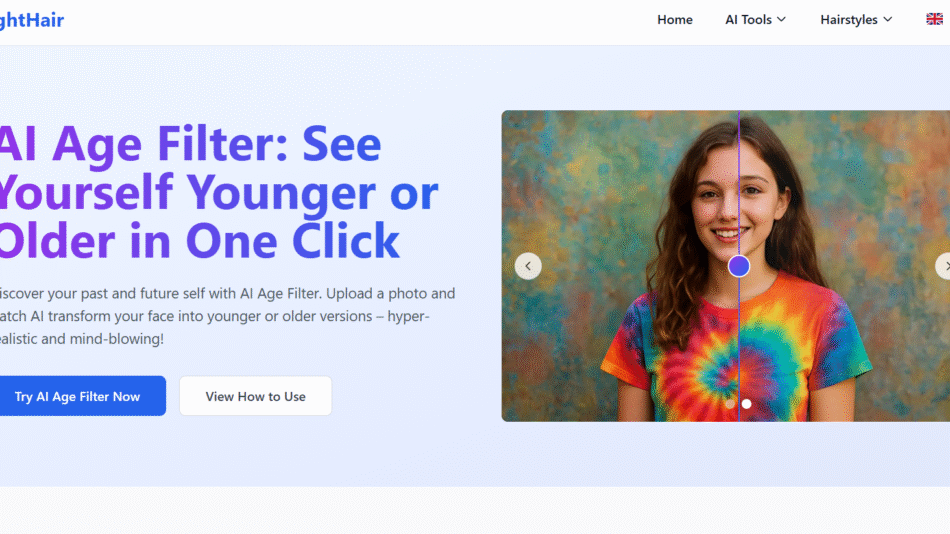Whispp is a groundbreaking voice technology platform that enables individuals with speech impairments to communicate more easily and naturally. Using advanced AI, Whispp transforms whispered, silent, or impaired speech into a clear, natural-sounding voice in real time. This allows users to speak freely in calls, video chats, and in-person conversations without barriers.
Designed to empower people with vocal challenges such as stuttering, vocal cord paralysis, or post-surgical voice loss, Whispp bridges the communication gap by translating their speech into smooth, intelligible audio. The platform also supports athletes, professionals, and others who rely on whispering in quiet environments, making Whispp an inclusive and versatile tool.
Features
Whispp offers a range of specialized features focused on voice conversion and accessibility.
Real-Time Voice Conversion: Converts whispered, impaired, or silent speech into clear voice instantly.
Secure Voice and Text Calling: Allows users to make phone calls using the converted voice without relying on a human assistant.
Multilingual Support: Available in multiple languages including English, Dutch, and German, with more in development.
Custom Voice Models: Users can create a personalized AI voice or select a preferred synthetic voice.
AI Speech Enhancement: Filters and clarifies distorted or low-volume speech for better intelligibility.
Cross-Platform Use: Available on Android, iOS, and desktop environments with a unified experience.
Data Privacy: Conversations and voice data are encrypted and never stored without user permission.
Designed for Inclusivity: Helps people with vocal disorders, laryngectomy patients, stutterers, and whisper users.
Compatible with Bluetooth Devices: Can be used with headsets, microphones, or hearing aids.
How It Works
Whispp uses proprietary AI and speech recognition models to analyze whispered or impaired speech in real time. When users speak softly or with a voice condition, Whispp captures the input through the microphone, processes it through its voice engine, and plays a synthesized version of what was said—out loud, clear, and in a natural voice.
Users can make phone calls or video calls directly through the Whispp app. The recipient hears the user’s voice as if it were spoken naturally, even though the actual input was whispered or distorted. For users who prefer a specific tone or accent, voice customization options are available within the app.
Whispp works across smartphones and desktops, and it requires no additional hardware beyond a standard microphone or headset. It is especially beneficial in quiet environments or for users who physically cannot speak at normal volume.
Use Cases
Whispp supports a diverse range of real-world scenarios and users.
People with Speech Disorders use Whispp to communicate in daily life, including phone calls, meetings, and casual conversations.
Laryngectomy Patients and Cancer Survivors regain verbal communication through voice synthesis after surgery.
Individuals Who Stutter benefit from whispering to reduce disfluency, with Whispp making their voice sound natural.
Professionals and Athletes use Whispp in quiet settings like recording studios, meditation centers, or locker rooms.
Healthcare and Therapy Providers use Whispp as a support tool for speech rehabilitation and communication training.
Remote Workers or Students with vocal fatigue can continue to participate in calls using whispered speech.
Pricing
As of the latest update on https://whispp.com, Whispp is currently in limited release with early access available via signup.
The platform does not list standard pricing tiers publicly, as it is still expanding its feature set and user base.
Interested individuals and organizations can request early access through the website to test the product and receive pricing details.
Enterprise partnerships, accessibility grants, and nonprofit support options may be available on a case-by-case basis.
Strengths
Whispp delivers several important advantages for inclusive and accessible communication.
Empowers people with speech impairments to communicate independently
Real-time voice transformation improves clarity and confidence
User-friendly interface with support for calls and everyday use
Custom voice options provide personalization and dignity
Strong privacy protections and secure voice data handling
Multi-device support ensures accessibility across platforms
Use extends beyond disability support to include professional and quiet-use scenarios
Drawbacks
While highly promising, Whispp does have a few current limitations.
Still in early access—some features may be under development or in beta
Not yet available for open public download via app stores
Limited number of supported languages at launch
Voice accuracy may vary based on background noise or device quality
Requires internet connection for real-time processing
No detailed subscription or pricing plans publicly listed yet
Comparison with Other Tools
Whispp differs significantly from conventional text-to-speech or speech-to-text apps.
Compared to text-to-speech software like Speechify or Natural Reader, Whispp works with live, whispered input rather than requiring typed text.
Unlike voice assistants such as Siri or Google Assistant, Whispp’s primary goal is not task automation but speech clarity and communication support.
In contrast with AAC (Augmentative and Alternative Communication) apps, which rely on selecting words or phrases, Whispp allows real speech—just transformed into a clearer version.
Its closest comparison may be experimental tools like voice banking or prosthetic speech apps, but Whispp operates in real time and without complex setup.
Customer Reviews and Testimonials
As of now, Whispp features select early testimonials and success stories on its website and media appearances.
Users with vocal cord issues have expressed that the platform gives them back their voice and confidence in social situations.
Clinicians and speech-language pathologists have noted the tool’s value in therapy and recovery, calling it a breakthrough in assistive voice technology.
Public presentations, TEDx talks, and demonstrations have generated positive feedback for Whispp’s real-world impact and technological promise.
More formal case studies and user reviews are expected following the platform’s full public launch.
Conclusion
Whispp is a transformative voice technology solution for individuals with speech impairments and anyone who relies on whispering or soft speech. By converting whispered or impaired voice into natural, clear speech, it empowers users to communicate with confidence—whether in personal conversations, phone calls, or professional settings.
With a strong commitment to accessibility, security, and innovation, Whispp is poised to change the way people with vocal challenges experience the world around them.
As voice accessibility becomes more important across digital and real-life interactions, Whispp offers a powerful, inclusive way forward.















